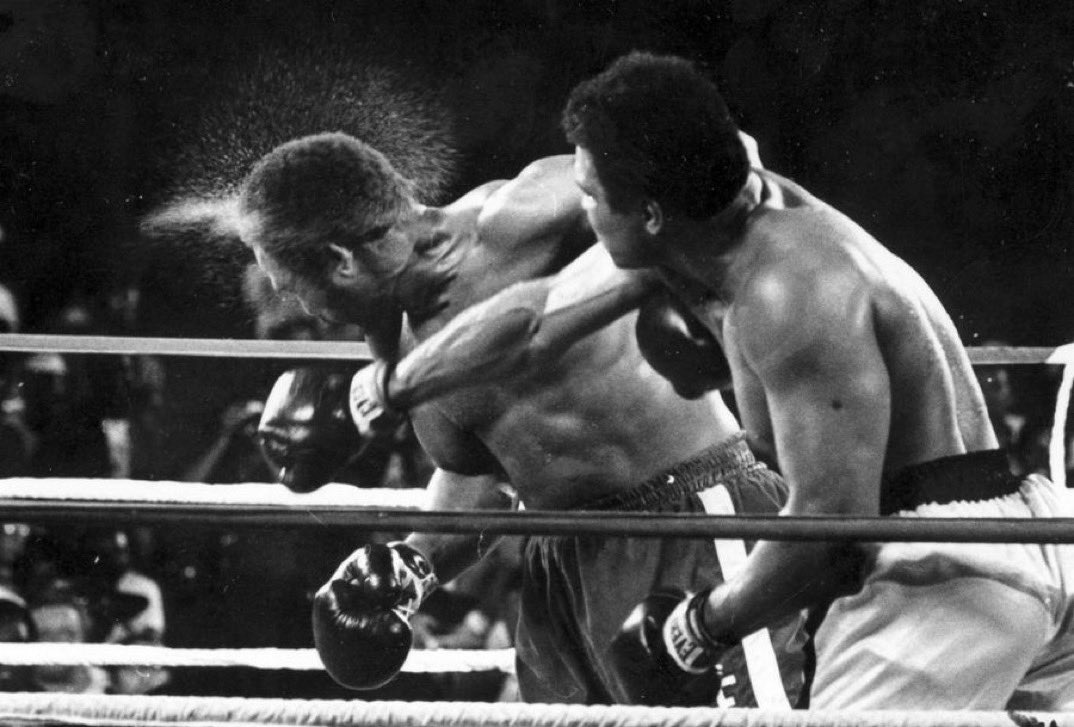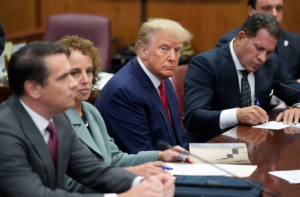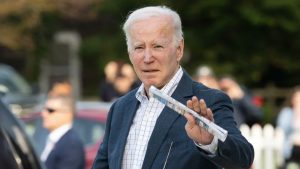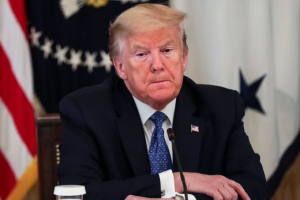The Rumble in the Jungle was a heavyweight championship boxing battle between unbeaten and undisputed heavyweight champion George Foreman and Muhammad Ali on October 30, 1974, at the 20th of May Stadium (now the Stade Tata Raphael) in Kinshasa, Zaire (now Democratic Republic of the Congo). A total of 60,000 individuals attended the event. In the eighth round, Ali was knocked out.
It was dubbed “arguably the greatest sporting event of the 20th century,” and it was a massive upset, with Ali entering as a 4-1 underdog against the unbeaten, heavy-hitting Foreman. The battle is remembered for Ali’s use of the rope-a-dope technique.
Also read: George Foreman to Mike Tyson: List of 5 greatest heavyweight boxers of all time
According to some reports, the battle was watched by up to one billion television viewers worldwide, making it the world’s most-watched live television broadcast at the time. This includes an estimated 50 million viewers viewing the fight pay-per-view on closed-circuit theatre television. Worldwide revenue from the battle was anticipated to be $100 million (inflation-adjusted $500 million). The fight would subsequently be the subject of the Academy Award-winning documentary film When We Were Kings.
The fight
Ali was known for his agility and technical abilities, but Foreman’s biggest strength was his raw power. Ali defied convention by attacking Foreman with bewildering right-hand leads. This was significant because it appeared that close-range fighting would definitely advantage Foreman and leave Ali vulnerable to Foreman’s strong haymakers.
In an additional attempt to confuse Foreman, Ali used the right-hand lead punch (hitting with the right hand without setting up the left). However, while this aggressive strategy caught Foreman off guard and allowed Ali to punch him multiple times in the head, it did not badly injure him. Before the end of the first round, Foreman began to close the gap on Ali, hitting his own punches.
Also read: George Foreman family, net worth and other details
Foreman had been taught how to cut the ring and prevent escape. Ali understood he would tyre if Foreman kept taking one step for every two Ali took, so he switched tactics.
Ali had revealed a secret plan for Foreman to his trainer, Angelo Dundee, and his followers. As the second round began, Ali began to cover up and lean on the ropes, allowing Foreman to strike him on the arms and body (a strategy Ali later dubbed the rope-a-dope).
As a result, Foreman expended his energy throwing punches (without earning points) that either did not strike Ali or were deflected in such a way that striking Ali’s head became impossible, sapping Foreman’s power as a result of the vast number of punches he threw. This loss of energy was critical to Ali’s rope-a-dope strategy.
Meanwhile, Ali exploited every opportunity to land direct smashes to Foreman’s face (which was soon visibly puffy). In clinches, Ali frequently out-wrestled Foreman, using techniques such as leaning on Foreman to force Foreman to retain Ali’s weight and pulling on Foreman’s neck to keep Foreman’s head down. He continually baited Foreman in these clinches, telling him to hurl more blows, and a furious Foreman did just that.
Also read: Who is George Foreman?
Foreman began to fatigue after numerous rounds of this. Ali’s hard, rapid jabs and crosses harmed his face more and more. The repercussions were obvious when Foreman was knocked down by an Ali combination at the opening of the fourth round, and again near the conclusion of the fifth after Foreman appeared to dominate that round.
Although Foreman continued to fire punches and come forward, he appeared exhausted by the fifth round. “They told me you could punch, George!” Ali continued to tease him, “They told me you could punch as hard as Joe Louis!” Foreman claims that: “I thought he was just one more knockout victim until, about the seventh round, I hit him hard to the jaw and he held me and whispered in my ear: ‘That all you got, George?’ I realized that this ain’t what I thought it was.”
As the fight entered its eighth round, Foreman’s hitting and defence became ineffective due to the strain of delivering so many wild strikes. As Foreman attempted to pin Ali on the ropes, Ali pounced, delivering three right hooks over Foreman’s jab, followed by a five-punch combination culminating in a left hook that raised Foreman’s head up into position and a strong right straight to the face that sent Foreman to the mat. Foreman took one knee, but referee Zack Clayton stopped the bout before Foreman could get to his feet. Ali led by 68-66, 70-67, and 69-66 at the time of the stoppage.
The bout demonstrated Ali’s ability to take a punch and showcased his tactical acumen, as he changed his fighting technique by using the rope-a-dope instead of his previous strategy, which emphasised movement to counter his opponent. The footage from the Zaire battle shows Foreman attacking Ali with hundreds of tremendous strikes, many of which were blocked but many of which went through. Foreman primarily targeted the flanks and kidney region, but he also landed some devastating strikes to the head that appeared to have no effect.
Also read: Former boxer George Foreman accused of sexual abuse, rape by two women
Despite frequently calling Ali out, Foreman was unable to secure a rematch with the champion before retiring in 1977 after a loss to Jimmy Young. Ali did not rush to set up a rematch, instead defending his title against unheralded opponents like Jean Pierre Coopman and Richard Dunn. He did, however, constantly emphasise that his rematch with Foreman was one of the main battles he hoped to complete before retiring.
The friendship
After the bout, Foreman and Ali became friends. Due to his Parkinson’s disease, Ali had difficulty going onto the stage at the 1996 Oscars to accept the award for When We Were Kings (1996), a documentary about the battle in Zaire. Foreman assisted him in ascending the steps to receive the Oscar.
Foreman changed his mind about Ali and The Rumble in the Jungle on multiple occasions over the years. The Daily Telegraph published Foreman’s statement in 2012: “We fought in 1974, that was a long time ago. After 1981, we became the best of friends. By 1984, we loved each other. I am not closer to anyone else in this life than I am to Muhammad Ali.”
“Then, in 1981, a reporter came to my ranch and asked me: ‘What happened in Africa, George?’ I had to look him in the eye and say, ‘I lost. He beat me.’ Before that I had nothing but revenge and hate on my mind, but from then on it was clear. I’ll never be able to win that match, so I had to let it go,” Foreman adds.
Also read: Who is Mike Tyson?
Legacy of the fight
The fight was shown live as a pay-per-view event on closed-circuit television, commonly known as theatre television, to venues across the world. The battle drew an estimated 50 million people on closed-circuit television worldwide, grossing an estimated $100 million.
The fight drew an estimated three million closed-circuit viewers in 400 venues in the United States, with tickets selling for $20 (inflation-adjusted $110), making $60 million (inflation-adjusted $330 million) in the United States. The promoters and boxers received more than half of the US closed-circuit money, earning at least $30 million in cash for the promoters and athletes; Ali and Foreman each received $5 million.
The fight was witnessed by a record estimated television viewership of one billion viewers globally, over a fifth of the world’s four billion population in 1974, including closed-circuit and free television. It was the most-watched live television broadcast in history at the time. This included a sizable television viewership in the United Kingdom, where the battle was seen by 26 million people on BBC One, about half of the country’s 56 million people in 1974.
The Rumble in the Jungle is one of Ali’s most memorable battles, alongside the Fight of the Century in 1971 between Ali and then-heavyweight champion Joe Frazier, and the pair’s final match, the Thrilla in Manila in 1975.







